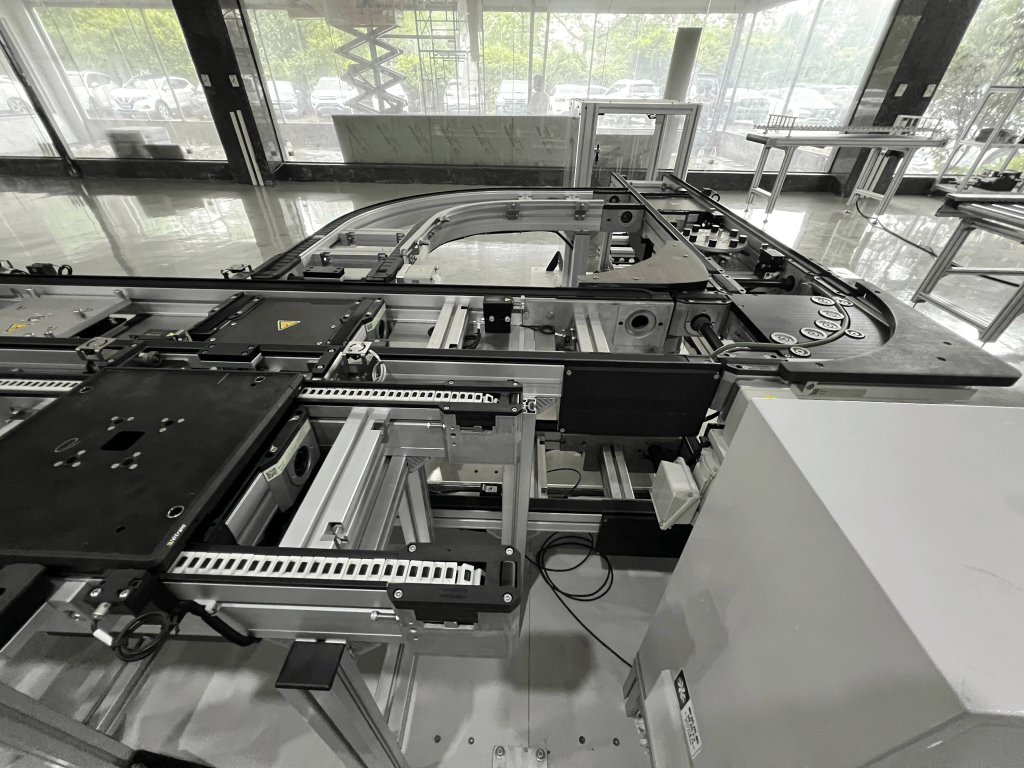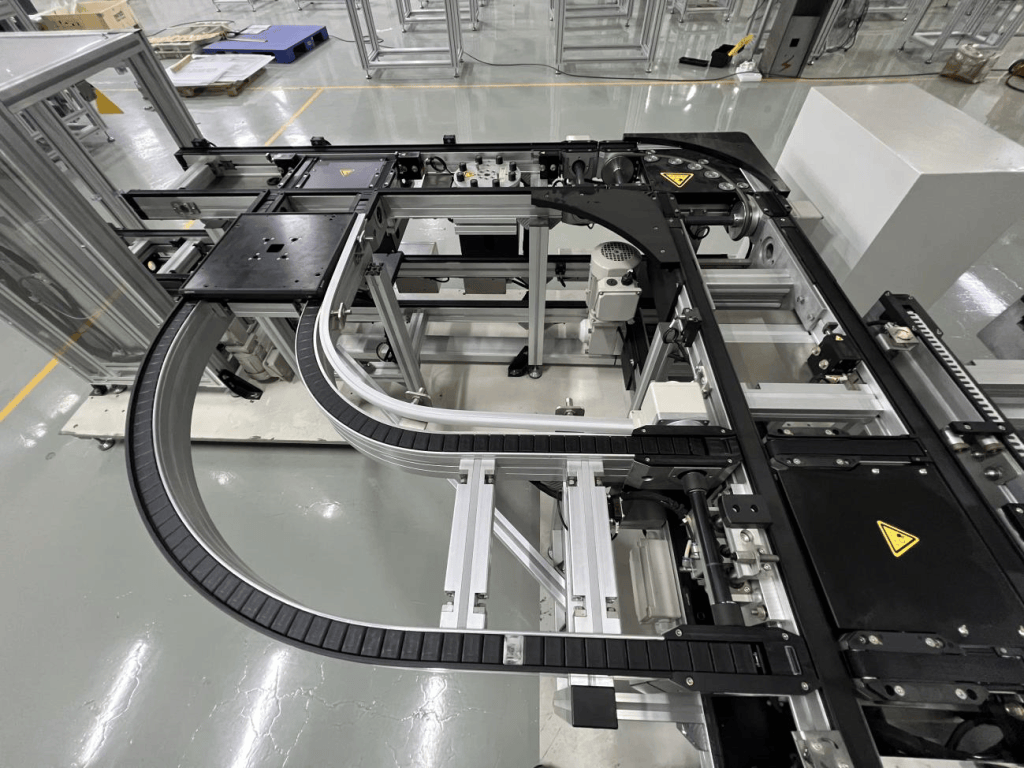In 2025, the size of the global AI market is expected to exceed $1 trillion. Against this backdrop, the automation industry is facing the brunt of job reconfiguration. According to McKinsey's latest study, by 2030, 800 million jobs worldwide will be impacted by AI. Today, we'll take a look at the top 10 jobs in the automation industry that could be affected and why, and how to get a head start on this change.

I. List of top 10 high-risk jobs
1. Basic Programming DebuggingEmployee (Unemployment risk: ★★★★☆☆☆)
Reason for substitution:
AI code generation tools such as GitHub Copilot have been able to automate basic code for 60% and above
Automated debugging system to quickly locate and fix common bugs in 80%
Organisations prefer to retain a small number of senior programmers for architectural design
2. Traditional industrial robot operators (unemployment risk: ★★★★★☆☆☆)
Reason for substitution:
New generation of collaborative robots with autonomous learning capabilities
3D vision guidance system allows robots to autonomously complete complex processes
Remote monitoring system allows one engineer to manage multiple devices
3. Basic programming debugger (unemployment risk: ★★★★☆)
Reason for substitution:
Low-code platform allows even business people to develop simple programmes
Automated commissioning tool to simulate various operating conditions for testing
Digital Twin Technology Enables Debugging of 90% in a Virtual Environment
1. Production Line Maintenance Technician (unemployment risk: ★★★★☆)
Reason for substitution:
Predictive maintenance system fault prediction accuracy of 98%
Intelligent maintenance robot can complete 70% routine maintenance operations
Device Networking Rate Exceeds 90%, Remote Diagnostics Go Mainstream
5. Infrastructure assembler (unemployment risk: ★★★★☆)
Reason for substitution:
Superfactory Automated Assembly Line Reduces Manpower by 60%
Flexible clamping jaws + 3D vision for "1,000 parts, 1,000 faces" assembly
Collaborative robots work with an accuracy of 0.02mm (4 times better than manual labour)
6. System Monitoring Operator (Unemployment Risk: ★★★★☆)
Reason for substitution:
Intelligent monitoring system automatically handles 90% anomaly alarms
Digital twin technology simulates equipment operation in real time
Industrial Brain System Enables Intelligent Scheduling at the Whole Plant Level
7. Manufacturing Quality Inspector (Unemployment Risk: ★★★★★)
Reason for substitution:
3D vision inspection speed up to 0.5 sec/piece (3 sec manual)
AI deep learning identifies 2000+ defect patterns
Factory AI QC accuracy 99.99% (Super Manual QC)
8. Logistics sorter (unemployment risk: ★★★★★)
Reason for substitution:
Jingdong Asia One Warehouse Reduces Sorting Manpower by 70%
AGV + robotic arm combination processing efficiency up to 5000 pieces/hour
Intelligent Path Planning System Reduces 30% Energy Consumption
9. Standardised Automated Control System Integration Project Implementer (Unemployment Risk: ★★★★★)
Reason for substitution:
AI Design Tool Generates 90% Standard Control Logic
Modular Solution Library Reduces 70% Implementation Cycle Time
Cloud Collaboration Platform Enables "Zero Site" Deployment
10. Data Entry Clerk (Unemployment Risk: ★★★★★)
Reason for substitution:
Intelligent OCR recognition accuracy over 99.9%
RPA robots process 20 times faster than humans
Electronic invoice penetration rate exceeds 95%
Second, how to deal with career challenges in the age of AI?
Skill Upgrade Direction
- Interdisciplinary knowledge: learn interdisciplinary knowledge of automation and artificial intelligence, automation and new energy, etc., and master the integration and application of related technologies.
- Data Processing and Analysis: Proficient in using data analysis tools such as Python to process and analyse the huge amount of data generated by automation equipment.
- Complex System Design: In-depth study of the design concepts and methods of automated complex systems, and enhancement of system architecture design capabilities.

Career transition paths
- Focus on high-value segments: shift to creative design, decision management, etc., which are difficult for AI to replace
- Continuous learning of new technologies: 1-2 cutting-edge technologies per year, e.g. digital twins, edge computing, etc.
- Cultivate human-machine collaboration skills: learn to work efficiently with AI systems to take advantage of their respective strengths
AI brings not unemployment, but career upgrades. While the risk of unemployment in the automation industry over the next five years is centred on low-skilled, repetitive operational jobs, industry change also brings with it many high-value employment opportunities. Those who can quickly adapt to change and take the initiative to learn new skills will, instead, have a better chance to thrive in this change. This is because it is not jobs that are often eliminated, but rather the way in which people work that they are stuck in a rut.







